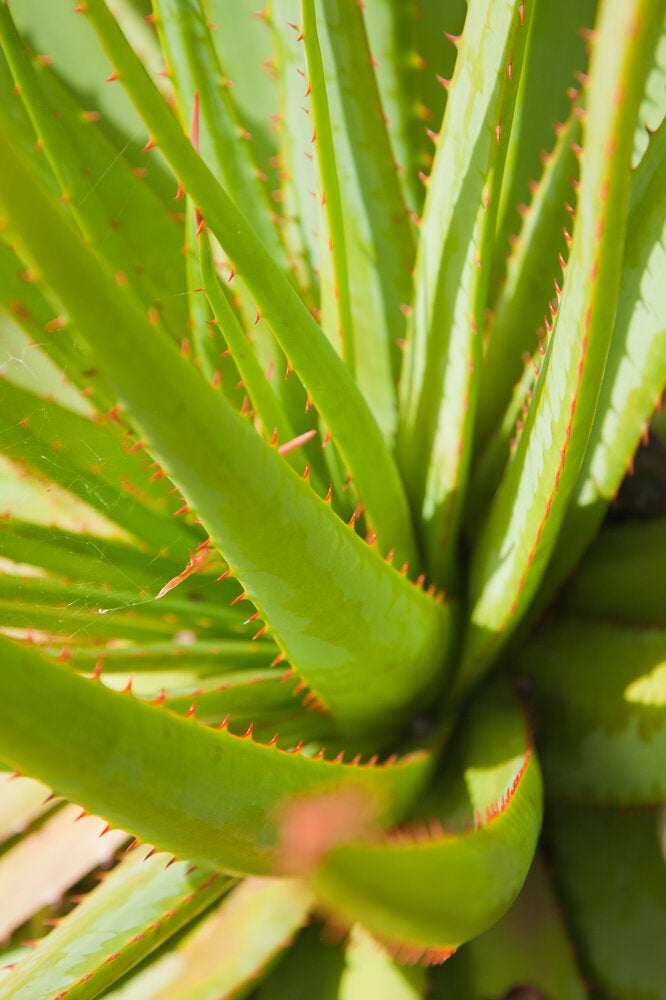
With summer coming to a close and the cooler temperatures beginning to infiltrate the Canadian climate, most of us will eschew the outdoor environment for the warmer climes of indoor air. But the warmth of the air is perhaps the only benefit to being inside.
Humans have a tendency to change the ecology of the indoor environment, and it's not at all good. A pristine room can quickly turn into a cesspool comprised of unwanted odours and high levels of productivity-depleting carbon dioxide. Any enclosed space can take on that "locker room" feel in just a matter of days. This can have a dramatic effect on our physiological health and also our mental capacity.
As we live and breathe, we are continually shedding all sorts of waste into the air. Our lungs disperse carbon dioxide while our skin and hair evaporate off volatile chemicals considered to be unneeded or toxic to our system. These two factors alone can ruin an environment and make it inhospitable.
There is another factor to take into account: microbes. Each and every hour, we are sending at least a million bacteria, viruses and fungi spores into the environment. These species are suited to the human but will gladly take up residence anywhere it happens to be warm and relatively humid. Over time, many of these species can develop larger colonies called biofilms and send out even higher concentrations of volatiles as well as other potentially harmful byproducts including toxins and spores.
Trying to figure out how to renew the air quality of the indoors can be a challenge. Open windows are the best tactic but many modern buildings simply do not have this option. For those buildings with installed heating, ventilation, or air-conditioning (HVAC) systems, there has to be at least three air changes per hour to make a difference. But achieving that level can put significant stress on equipment and also operational costs.
A third option entails disinfection of the area. But this isn't entirely effective unless dramatic measures are taken. Hydrogen peroxide vapour can get rid of those biofilms while photocatalytic devices are designed to clear the air of volatiles. Although these are effective, they are not feasible for most buildings and definitely not the home.
There is one final option that is both cost-effective and also extremely beneficial. All you have to do is bring Mather Nature indoors in the form of plants. For many Canadians, this isn't entirely a new concept. For decades, plants have been brought into the home and office to brighten up the mood and add some colour to an otherwise drab atmosphere. But the benefits are far greater than aesthetics.
For one, plants are able to help clean the air. They help to reduce pollutants such as ozone during the day. At night, thanks to photosynthesis, they convert carbon dioxide into oxygen. This process also increases the local humidity, forcing toxins and other airborne volatiles to settle so you don't have to breathe them the next day.
Plants also have the ability to change the levels of stress in an environment. In 1996, a study revealed the benefit of plants in the workplace to help control stress and increase productivity. Then in 2006, a rather remarkable study showed how plants in hospital rooms could actually help patients heal faster. Though the majority of reasons were psychological, the molecular contributions should not be ignored.
There may be another advantage to having plants in the room, though the benefit is not chemical, but microbial. In a study published last month, an international team of researchers unveiled the hidden microscopic benefits of having plants in the room. Based on their findings, plants contribute to a strong microbial diversity indoors and may help to keep the locker room effect at bay.
The experiments were quite simple and involved one particular type of foliage, the spider plant, also known as hen and chickens. The plant was placed in a clean room and allowed to grow for a period of six months. At various intervals, a variety of parameters were sampled ranging from indoor air, plant leaf surface and surrounding environmental surfaces.
The samples were then taken back to the lab where any microbial life was detected using genetic techniques. The various species were recorded and eventually a timeline was developed to determine just how much this plant contributed to the development of a microbial population.
As expected, the plant increased the number of microbes in the area. But the surprise came in how this abundance wasn't limited to a single bacterial type. There were dozens of bacteria, archaeal and fungal species. A few were similar to those found on humans, but most had no association with human life. This suggested the incorporation of a single plant was in effect bringing Mother Nature indoors. Even better, the diversity was diluting out the human microbial population leaving less chances for them to take over and ruin the place.
Whatever your reason for bringing a plant indoors, expect some health, mental, and now microbial benefits. But, there is one slight catch. Plants need attention and have to be given ample amount of water, nutrients and occasionally soil. If they are not kept healthy, they too can fall victim to a variety of ailments, including fungal infection. This in turn will end up costing them not only their productivity, but quite possibly their lives.
MORE ON HUFFPOST:
